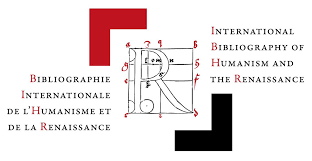Cankar’s name code (novel “Nina”)
DOI:
https://doi.org/10.31168/2073-5731.2024.1-2.12Keywords:
Ivan Cankar, novel “Nina” (1906), name code, axiological aspect, Slovenian literature, 20th centuryAbstract
The article deals with the novel “Nina” (1906) by the prominent Slovenian writer Ivan Cankar (1876–1918), which researchers and critics refer to as the most unusual and complex of his works. Trying to unravel one of the mysteries of the Slovenian classic and starting from the code of the name that became the title of the work, the article aims to show how the process of changing the axiological paradigm was going on in the writer’s creative laboratory, which was accompanied by a change in the onomastic code. This process is demonstrated by the history of the creation of the drama “Beautiful Vida” (1911), originally titled “Hrepenenye” – “Hrepenenje”), the work on which was going on simultaneously with the creation of the text of “Nina”. In the conceived drama, Nina acts as a character who carries all the nuances that make up the essence of this capacious term: from dreams of love and homesickness to a feeling of transcendent love that takes a person away, aspirations for everything beautiful in life. However, at the final stage of work on the play, I. Cankar deviates from the original idea and connects the symbolism of hrepenenje with the name of Beautiful Vida, a mythologem that is significant for Slovenian culture, while emphasizing in letters to friends and brother that “it will be something completely new and ours.” Thus, there is a change in the value artistic paradigm in the work of the writer, who, living in the multicultural environment of the European capital, and creating works in his native language, refuses the literary and cultural European code in favor of his national one.
Received: 04.09.2023.
Revised: 05.09.2023.
Accepted: 12.03.2024.
Citation
Chepelevskaya T. I. Cankar’s name code (novel “Nina”) // Slavic Almanac. 2024. No 1–2. P. 241–255 (in Russian). DOI: 10.31168/2073- 5731.2024.1-2.12






